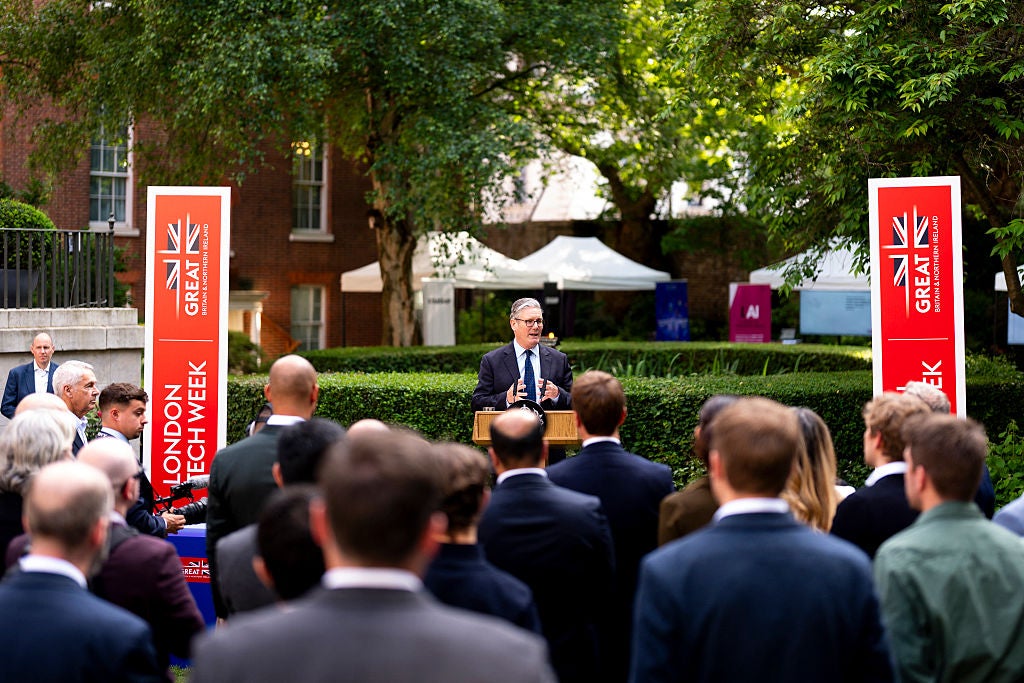ARTICLE AD BOX
OpenAI’s chip team, led by former Google engineer Richard Ho, has grown to 40 members and is collaborating with Broadcom, with Ho leading the initiative for over a year.
 OpenAI is creating its own custom AI chip, joining the ranks of tech giants seeking alternatives to GPUs designed by Nvidia. (Photo: Shutterstock)
OpenAI is creating its own custom AI chip, joining the ranks of tech giants seeking alternatives to GPUs designed by Nvidia. (Photo: Shutterstock)
OpenAI is reportedly moving forward with plans to develop its first in-house AI chip, a step aimed at reducing reliance on Nvidia’s hardware. According to sources cited by Reuters, the ChatGPT creator is finalising the design and intends to submit it for fabrication at TSMC in the coming months. The process, known as “taping out,” marks the final stage before production begins.
If successful, OpenAI aims to begin mass production of the chip in 2026. However, the tape-out process is complex and costly, typically requiring tens of millions of dollars and at least six months to complete. Any design failures could result in delays and additional expenses if modifications are needed.
Several major technology firms, including Microsoft and Meta, have been pursuing similar chip development efforts to reduce reliance on third-party suppliers. Microsoft has announced plans to invest $80bn in AI infrastructure in 2025, while Meta has allocated $60bn for AI-related development over the next year. Nvidia remains the dominant player in the AI chip sector, holding an estimated 80% market share.
Recent advancements in AI, including the development of more efficient models by firms like Chinese AI startup DeepSeek, have also raised questions about whether the industry’s growing demand for AI chips will continue at its current pace.
OpenAI design process
OpenAI’s chip is being designed using TSMC’s 3-nanometer process technology and will incorporate a systolic array architecture with high-bandwidth memory. These design elements are similar to those found in Nvidia’s AI chips, which are widely used for AI model training and deployment. Industry estimates suggest a single version of a chip could cost OpenAI up to $500m, with additional expenses required to develop the software and infrastructure needed to support its use. Expanding OpenAI’s semiconductor programme to a level comparable to Google or Amazon would require hiring hundreds of additional engineers.
Unlike chips designed for large-scale AI training, OpenAI’s first in-house processor will be primarily used to run AI models. The company views this move as a strategic step to strengthen its negotiating position with chip suppliers while testing the feasibility of expanding its chip development efforts.
Musk’s bid to acquire OpenAI rejected
As OpenAI advances its chip programme, the company has also faced an acquisition attempt led by Elon Musk. A consortium backed by Musk has made a $97.4bn bid to acquire the nonprofit that controls OpenAI, an effort to prevent the organisation from shifting towards a for-profit model.
According to The Information, which broke the story, OpenAI’s chief executive Sam Altman told employees that the company’s board intends to reject the offer. Musk, who co-founded OpenAI with Altman in 2015, left the company before it expanded its AI capabilities and later launched his own AI startup, xAI, in 2023. Following news of the bid, Altman politely refused Musk’s offer on the latter’s social media platform X, countering that OpenAI would be prepared to “buy Twitter for $9.74bn if you want.”
Read more: OpenAI unveils ChatGPT Gov for US government agencies amid rising AI competition
More Relevant
close

 8 months ago
16
8 months ago
16


